Tour detail
Hiking the World Heritage Wachau Trail is a true treat for the senses. The Danube River valley between Melk and Krems is one of the best-known UNESCO protected landscapes in the world. Ancient castles and churches are overlooking the river, the most eminent Austrian vineyards up the steep centuries-old stone teracces give white wines of unique taste, and omnipresent orchards wait for all who love apricots in every form. You will hike up and down through a 2000-year-old landscape, past legendary castles and abbeys dating back to the Middles Ages and picturesque wine-producing villages. You will never forget the pristine natural beauty and the magnificent panoramic views of this unique riverine landscape.
Itinerary
-
Day 1
Arrival to MelkLess than an hour from Vienna by train, Melk deserves to be explored in detail on your first day. Melk’s impressive Benedictine Abbey on a rock above the Danube is one of Austria’s most frequently-visited tourist attractions. The magnificent Baroque complex with its famous library, church and school is the gateway to the Wachau Valley. You can also take a three-hour warm up walk along the Panorama Trail by following the yellow trail markers from the main square.
Overnight in MelkMelk Abbey, one of the greatest Baroque ensembles in Europe, perched above your overnight town.
-
Day 2
Melk – Aggsbach Dorf (15 km / 9 miles, elevation gain 610 m)After breakfast you will set out on the Wachau World Heritage Trail, first by climbing from the town square to the abbey. After crossing a stream you will soon come to the village of Pielachberg. From there you will follow a field trail to the Jonaskreutz overlook to enjoy a magnificent view of the Danube River, and the Jauerling Nature Park on the other bank. Coming down to the riverside you will reach the village of Schönbühel with a picturesque castle perched on a rock over the Danube. From Schönbühel you will start a mild climb through shady forest to the highest point of today’s walk, Höhenwarther Höhe (475 m), with a grand view of the surrounding countryside. You will then continue on the trail through the Hohenwarthberg Hills down to the Danube at Aggsbach Dorf village, your destination for today.
Overnight in Aggsbach Dorf
-
Day 3
Aggsbach Dorf – Spitz (16 km / 10 miles, elevation gain 760 m)Today you will start your hike out of Aggsbach Dorf with a mild ascent through the Herenwald Forest to the imposing castle ruin of Aggstein that towers over a narrow bluff. You will be rewarded with a fantastic view and refreshments in the castle’s tavern. Then you will continue on a forest trail to Maria Langegg monastery and pilgrimage place. Back in the forest you will come to a turnoff where you can take a little detour and climb the Hoher Stein rock. The view from this spot is one of the most beautiful in the entire Wachau region. Come back to the main trail and descend through a beech forest to the river bank, where you catch a ferry to the wine village of Spitz on the other side of Danube.
Overnight in Spitz
-
Day 4
Spitz – Willendorf – Spitz (19 km / 12 miles, elevation gain 820 m)Today you will make a circuit following the trails in the Jauerling Nature Park. First you will take a train from Spitz to Willendorf where a prehistoric figurine, the so-called “Venus” of Willendorf, was found by archaeologists in 1908. Visit the archaeological museum to learn about this world-famous, oldest image of a human. From the museum you will start a 4 km ascent up to the Jauerling Nature Park plateau, where you pick up the World Heritage Trail again and reach the highest peak of the Lower Austria region, Jauerling (960 m), the “Roof of the Danube“. After savoring the sweeping view from the terrace you will switch to the Jauerling Trail to descend through beautiful forested countryside back to Spitz.
Overnight in Spitz
-
Day 5
Spitz – Weissenkirchen (13 km / 8 miles, elevation gain 570 m)Take it easy today with a walk through the most beautiful vineyards adorning the landscape between Spitz and Weissenkirchen, two villages known for their many wineries producing the best Rieslings in the Wachau Valley. You may want to devote part of your day to culinary research: tasting wine or the excellent local apricot brandy, and dining in one of the many restaurants offering local specialties. The hike starts above Spitz at the ancient gate, a remnant of the medieval town fortification. The trail goes through vineyards, meadows, forests, and past romantic rock formations offering beautiful long-distance views. You may lengthen your day’s hike by dropping down to the riverside to visit St. Michael’s church, one of the oldest in Austria, or the pretty wine village of Wösendorf.
Overnight in Weissenkirchen
-
Day 6
Weissenkirchen – Durnstein (17 km / 11 miles, elevation gain 970 m)Leave Weissenkirchen on a narrow foot trail and climb among the ancient vineyards to the Panoramaweg Trail high above the Danube. You will walk past the most famous vineyards, such as Ried Achleiten (the best site for Grüner Veltliner and Riesling wine varieties), and the centuries-old stone terraces on steep hillsides rising from the Danube. Above the town of Dürnstein you will reach the most famous castle ruin in Austria, where English King Richard the Lionheart was held for ransom in the 12th century. A steep descent will lead you to this famous town on the Danube. Visible from a distance is the blue and white tower of the Church of Augustinian Canons, one of the many historic buildings that create the incomparable romantic urban ensemble in the town‘s historic center. You will need some time to roam and explore the little winding streets, cafés, and shops of this extraordinary place.
Overnight in DurnsteinDurnstein, a very picturesque small town at the foot of a rock with a castle ruins atop. Arriving to Krems ride through an old towngate to enter the town center with many beautiful churches.
-
Day 7
Durnstein – Krems (10 km / 6 miles, elevation gain 680 m)This morning you will leave Durnstein for Krems passing through the ancient Krems Gate, and soon immerse yourself in a forested, rocky landscape, through the nature reserve of Höhereck with protected grasslands hosting rare wild orchids. The trail leads along vineyards growing on stone terraces and offering beautiful views of the Danube. Once you reach the Pfaffenberg hillside you will soon find yourself in the idyllic vineyards just before the castle ruin of Stein. You will walk along the wine cellar street with many wine-tasting opportunities before you get to a beautiful viewpoint at the Frauenbergkirche church. The formerly independent town of Stein is now the outskirts of Krems. The World Heritage Trail then leads back into the wine country past the Krems University campus, and finally ends in the historic downtown of the city.
Overnight in KremsArriving to Krems ride through an old towngate to enter the town center with many beautiful churches.
-
Day 8
Krems - ViennaKrems is a dynamic city of lively cultural and university life, and its old town contains many architectural treasures. You can enjoy the city or, if you are in for more walking you can take a train and cross the Danube once more to the spectacular Göttweig Benedictine Abbey that marks the beginning of the Wachau World Heritage Site. After your visit there you will walk back to Krems for about 10 km on an easy downhill trail.
In the late afternoon take a train to Vienna, the city where old traditions of the Habsburg monarchy meet the modern way of life. There are many things to see, just to name some – the impressive Gothic cathedral of St.Stephen, famous Hundertwasser House designed in 1985, or the vast Prater Park with a giant ferris wheel, the symbol of Vienna.
Gallery
Best time to go
The Central European continental climate consists of hot summers and cold winters. In summer it can get quite hot. May, June and September are generally good months taking advantage of cooler, but still warm weather. Harvest time in Wachau Valley is July for apricots, August to September for wine.
It must be noted that July and August are the busiest months when most people go for their holidays here. We mention this with regard to seeing cultural monuments and UNESCO sites with greater ease and less people around.
Events calendar
-
Vienna
Jazz Fest Wien
A modern, urbane festival with an international reputation and one of the most popular Jazz festivals in the world.
Vienna PopfestMulti-day festival with open-air and indoor stages showcases the latest Austrian pop music.
The Vienna FestivalFestival is renowned for its superb international theatrical performances, it invites musical ensembles and opera companies from all over the world, in addition of staging many Austrian musical productions.
2026 Tour dates
Self-guided tours
Every day from April to the end of OctoberGuided tours
to be specifiedFor a custom guided tour in different dates, send us an e-mail.
If you have any questions, send us an email
at or use the contact form.


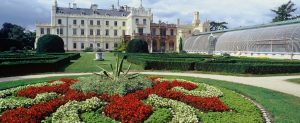



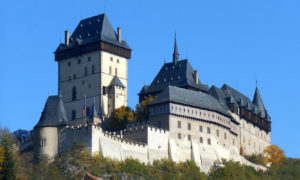

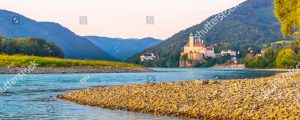
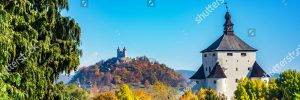

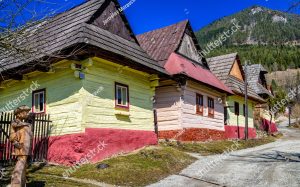
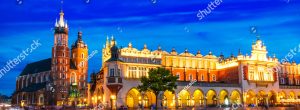
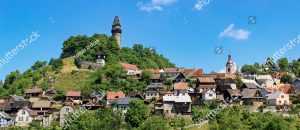
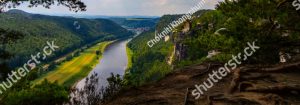



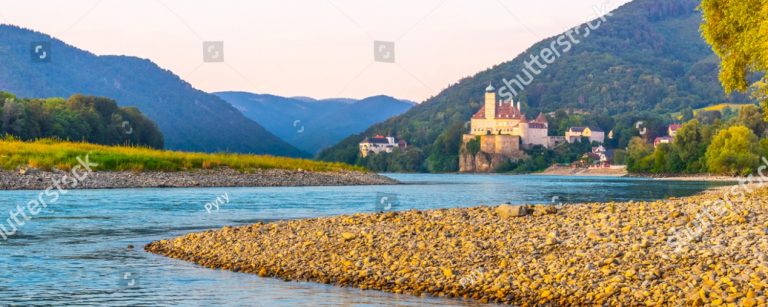

 PDF file
PDF file